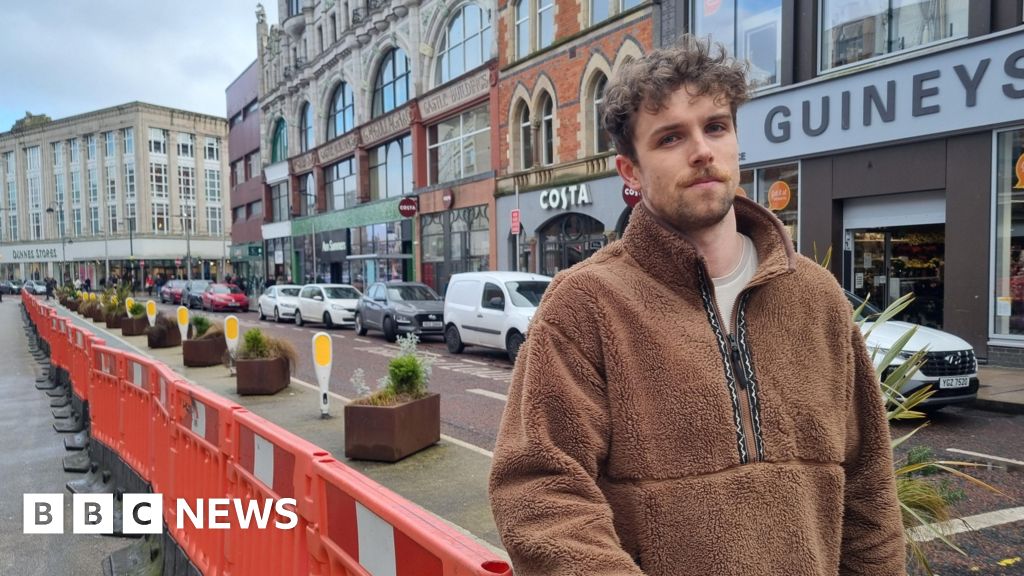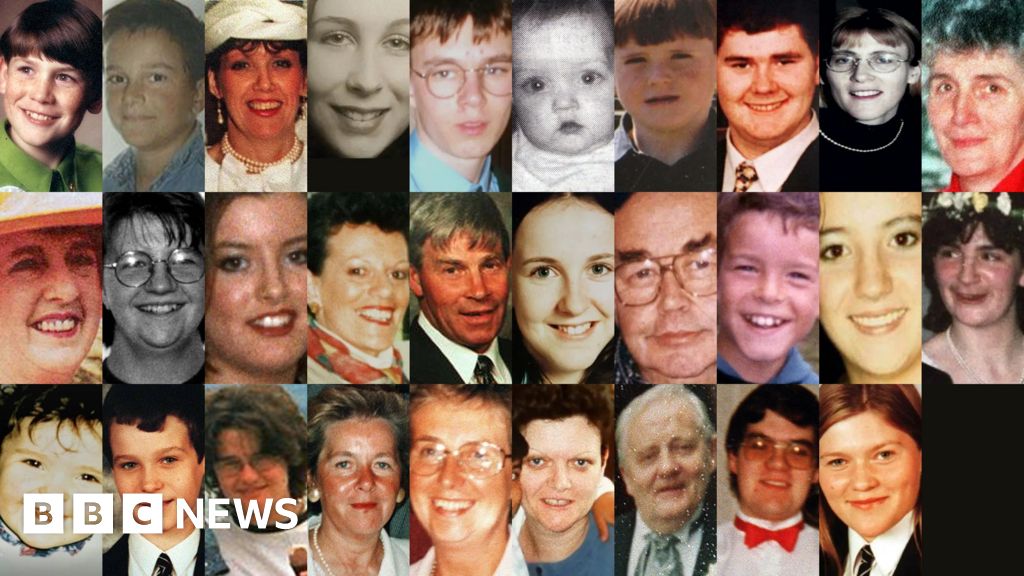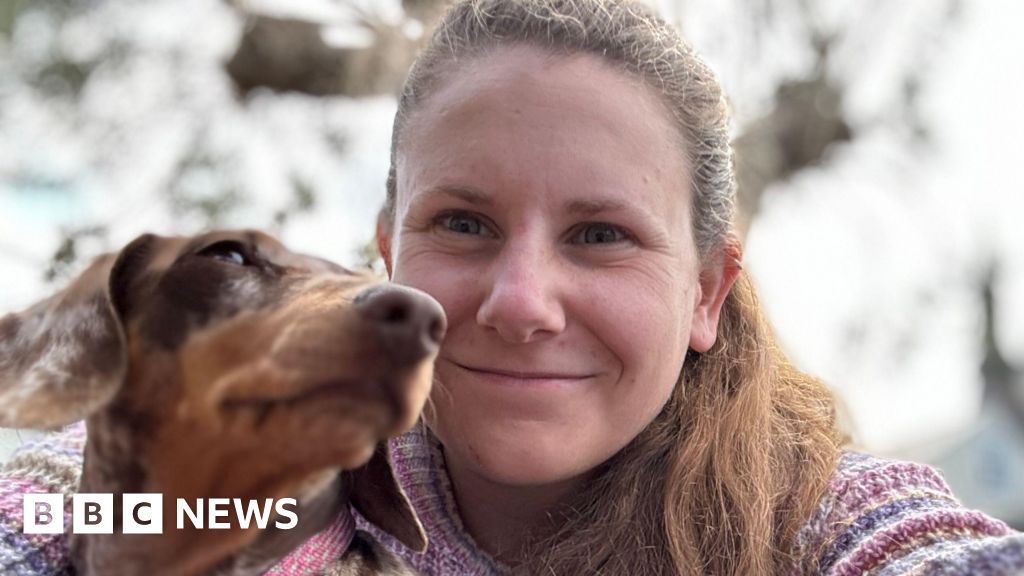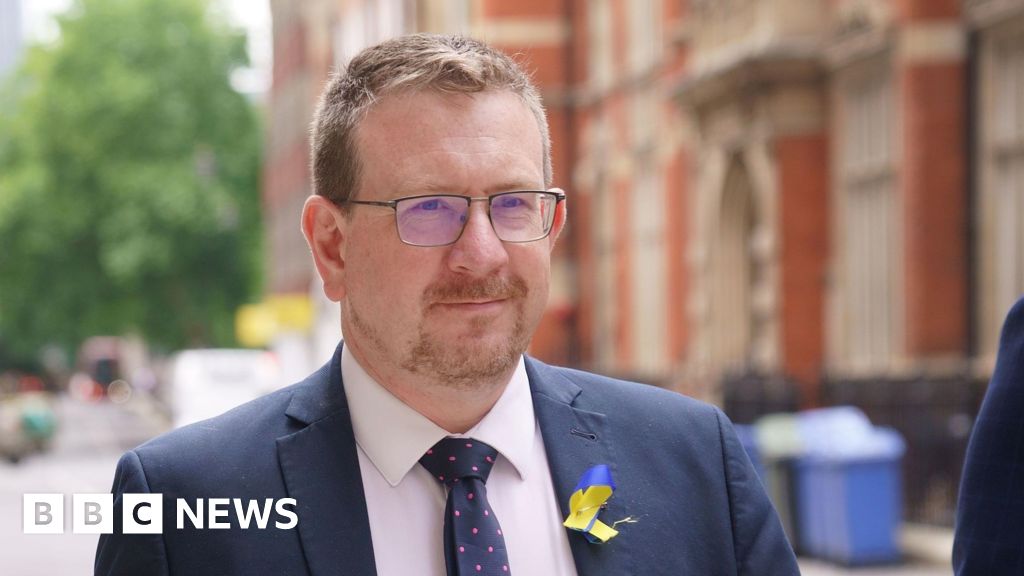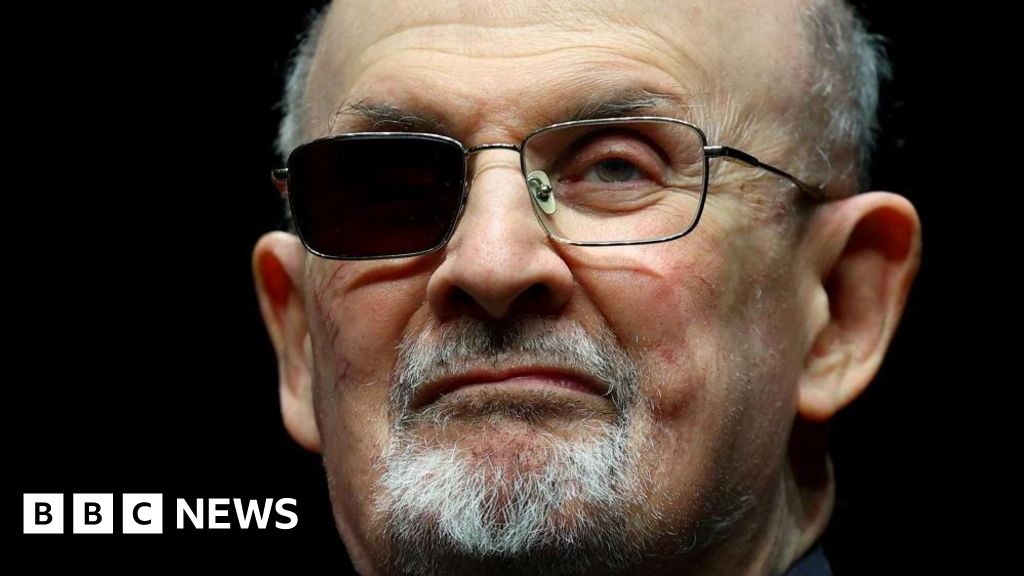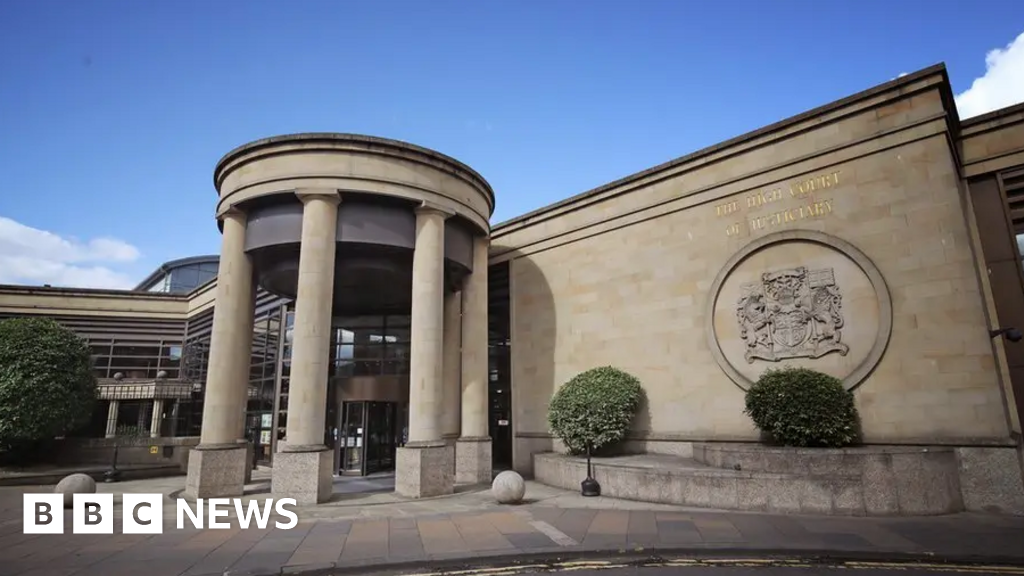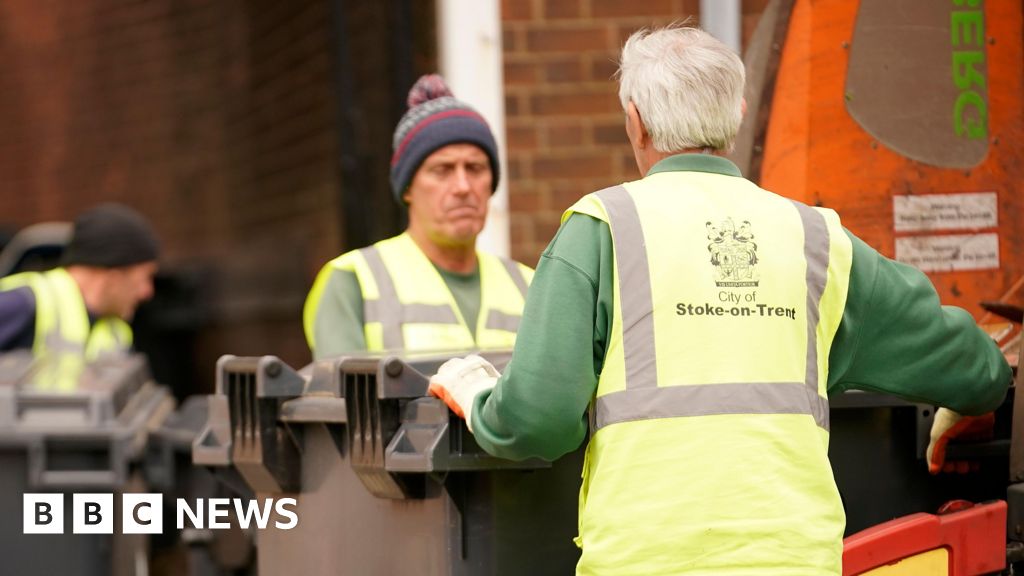Belfast’s Castle Place footpath has been a source of concern for pedestrians for over two years, prompting Stormont officials to take action. The kerb along this path has been blocked off with a temporary barrier, causing frustration among businesses and politicians who have labeled it as an “eyesore.” The Department of Infrastructure (DFI) revealed that consultancy fees for addressing this issue amounted to £11,021 in 2023-24.
The troubled streetscape underwent changes in recent years, including the addition of a cycle lane as part of a £52,000 scheme involving the city council and DfI. However, the drop between the pavement and the cycle lane created visibility challenges for some, leading to the installation of a temporary barrier following an elderly woman’s fall and subsequent injuries. Roads officials suggested that an “optical illusion” was created when the footway was extended next to the cycle lane, resulting in public accidents.
Adam Goligher, a property manager from Little Feather Management, expressed disappointment over the ongoing presence of the temporary barrier, describing it as “such an eyesore.” He emphasized the negative impact this structure has had on plans for enhancements in the area, urging the department to engage with local businesses in search of a prompt resolution. Similarly, Belfast councillor Gary McKeown criticized the lack of urgency in addressing the issue, highlighting the unsightly appearance of the area, which he likened to a “building site.”
Despite efforts to improve pedestrian and cyclist safety in the Castle Place vicinity, concerns persist regarding the dilapidated state of the footpath. DFI assured that plans are in progress to facilitate the installation of a permanent cycle lane, with engagements planned with key stakeholders to discuss design proposals. However, the prolonged presence of temporary barriers has raised questions about the efficiency and effectiveness of these measures in enhancing the overall environment in Belfast’s city center
Read the full article from The BBC here: Read More

